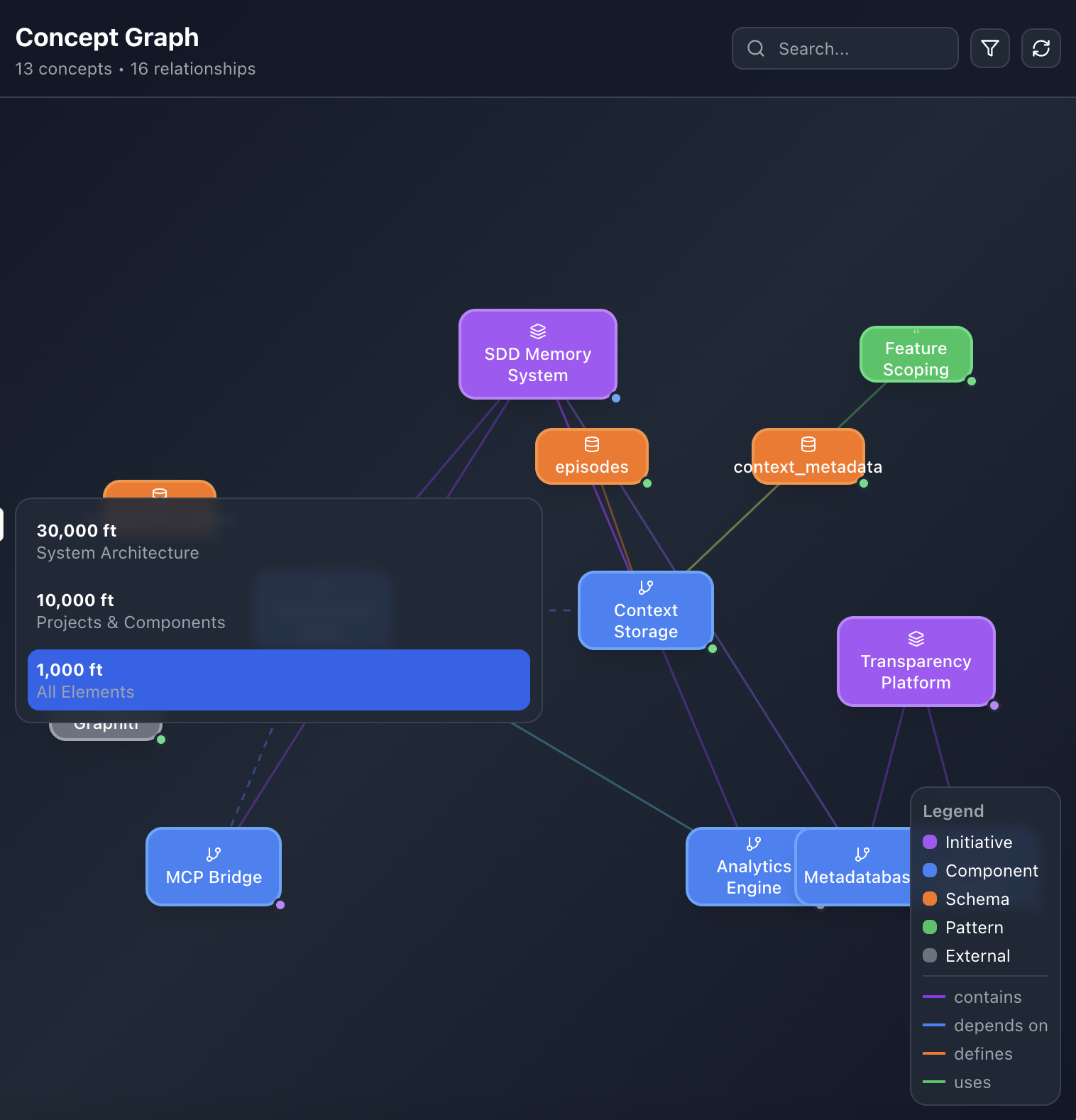AI-first development
that actually ships
The self-improving development platform that generates production-quality code. Zero schema drift. Enforced quality gates. A system that learns from every project and gets smarter over time.
AI writes code fast.
But fast code isn't production code.
Copilot, Cursor, and ChatGPT generate code that compiles. But production software needs more: type safety, test coverage, schema adherence, security, and architectural consistency. The gap between "it works" and "it ships" is where projects die.
AI hallucinates field names. featureID vs feature_id vs featureId. The #1 cause of bugs that only surface in production.
Generated code passes the vibe check but fails SonarQube. High cyclomatic complexity, code smells, and security vulnerabilities ship to prod.
Every AI coding tool makes the same mistakes repeatedly. They don't learn from your codebase, your patterns, or your past failures.
A pipeline of specialized agents.
Tools, carrot, and stick.
20+ specialized agents give Claude Code the tools, the incentives, and the guardrails needed to consistently produce enterprise-grade code. Quality isn't suggested—it's enforced at every step.
- Schema verification tables
- Pattern library access
- Contract templates
- TDD enforcement (tests first)
- 85+ SOLID score patterns
- Battle-tested code examples
- Quality gates (no bypass)
- Security vulnerability blocks
- Iterate until approved
Schema verification
before code generation.
The #1 cause of AI-generated bugs is field name hallucination. Gyre validates every database reference against your actual schema before a single line of code is written. No userId vs user_id bugs in production.
Phase 0 Gate
Schema verification blocks implementation if fields don't exist
Real-Time Drift Detection
Continuous monitoring between code, schema, and contracts
Auto-Repair
High-confidence fixes applied automatically, others flagged for review
Quality Gates (All Required)
The more you use it,
the smarter it gets.
Gyre learns from every project. Pattern detection, failure analysis, and improvement proposals create a continuous learning loop. Your development platform evolves with you.
Every build, review, and fix is recorded
AI detects recurring successes and failures
Actionable recommendations generated
System improves, patterns exported
API contracts from plain English.
Frontend and backend in parallel.
Generate OpenAPI, GraphQL, and AsyncAPI specifications from natural language. Teams work in parallel with guaranteed interface compatibility.
Every generated contract includes a confidence score. High-confidence outputs proceed automatically. Low-confidence outputs are routed to human review with specific recommendations. You always know when to trust the AI.
Built for teams who
ship production software
Every feature designed around one goal: code that actually works in production.
See your system
at any altitude.
Navigate your software architecture from 30,000 ft vision down to individual code implementations. Understand dependencies, track impact, and never lose context.
10+ Relationship Types
depends-on, triggers, extends, implements, and more
Impact Analysis
See what breaks before you change anything
Circular Dependency Detection
Automatic detection with suggested fixes

They generate code.
We generate production software.
Other AI tools optimize for speed. Gyre optimizes for shipping. The features that matter don't exist anywhere else.
| Feature | Copilot | Cursor | Replit | Gyre |
|---|---|---|---|---|
| Schema Drift Prevention | — | — | — | |
| SOLID Score Enforcement | — | — | — | |
| Adversarial AI Review | — | — | — | |
| Self-Improving Learning | — | — | — | |
| TDD Enforcement | — | — | — | |
| Contract Generation | — | — | — | |
| Code Generation |
Code generation is table stakes. The difference is what happens after generation: verification, quality gates, learning, and continuous improvement.
Built for builders
Whether you're shipping an MVP or modernizing enterprise systems, Gyre ensures your code is production-ready from the start.
For: Founders, indie hackers
For: Tech leads, architects
For: Engineering managers
For: Platform teams, SaaS builders
Built on the tools you already use
Next.js, FastAPI, Supabase, TypeScript. The fastest-growing, battle-tested technologies so you don't have to make those decisions.
Next.js 15
React framework with SSR, App Router, Edge Functions
FastAPI
High-performance Python backend with auto-generated docs
Supabase
PostgreSQL + Auth + Real-time + Storage in one platform
Ready to ship production code?
Join the private beta. Be among the first to experience AI development with enforced quality gates, zero schema drift, and a system that learns and improves with every build.
No spam. We'll only email you about Gyre updates.